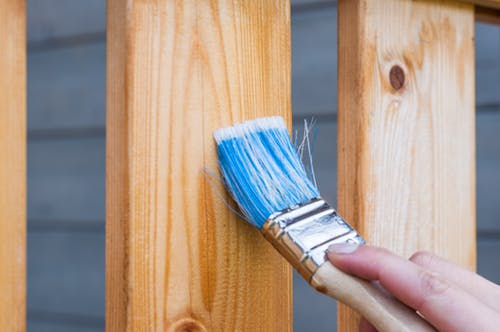People might think their kitchen is not as prone to molds as some areas of their house. However, a kitchen’s high moisture levels make it an ideal place for mold growth. No matter their kind, molds are disturbing and can seriously threaten a household’s health. Kitchen molds are frequently found in and behind cupboards, underneath the sink, around window sills, on walls or around taps, and behind kitchen furniture and appliances.
Molds can grow anywhere in the kitchen, but recognizing what causes their growth will save you time and money as this can help you become proactive in preventing them in the first place. Now, let’s discuss what makes kitchens susceptible to mold development.
Leading Causes of Kitchen Mold Growth
Of all the areas molds will attempt to grow, the kitchen area must always be protected as anything about food preparation happens there. After all, a kitchen with molds is unhygienic and can affect the foods you prepare and eat, so it is only natural to know the causes of kitchen mold growth to avoid its infestation. Below are five contributing factors to kitchen mold growth.
1. Kitchen appliances and tools
When preparing food daily, never forget to clean the kitchen appliances and tools you used. These surfaces are also prone to mold development and require special care and attention after every use. In addition, ensure that your wooden cutting boards or tools are always tidy, as these might give molds food to grow and spread rapidly.
If your kitchen has molds growing in numerous areas and the do-it-yourself procedure seems hazardous, do not be reluctant to hire water damage restoration companies like PuroClean of Coral Gables to eliminate them.
2. Water leaks
If your kitchen has leakages, expect molds to follow. Some things in the kitchen that may create floods or leakages include the sinks, dishwashers, and refrigerators. You may not see these leaks immediately if you’re in a different room or outside your house. A pipe may burst out of nowhere or drip water because of rust.
If you find water leaks in the kitchen, soak it up immediately and have a fan turned on to dry it. But if you find significant water damage triggered by the leakages in the kitchen, hire a restoration business to clean up after a flood to address the issue.
3. Garbage disposal and trash
If the garbage disposal doesn’t work appropriately and isn’t clean, the wet foods you get rid of can sit very long and develop molds. To prevent this, put 3-4 cups of vinegar into the drain once or twice a week.
4. Poor ventilation
Limited air circulation and humidity can work together to place and trap moisture in the kitchen, which increases the odds of mold growth. However, if there’s a place for the liquid in the air to escape, it may be prevented. Always switch on the stove fan or kitchen vent each time you cook to prevent trapped moisture and lower the odds of mold development. Opening your windows may be just as great if you don’t have these.
5. Spoiled foods
Foods that are rotten and spoiled are a typical breeding place for molds. Individuals usually forget the veggies and fruits in their crisper until they get spoiled. Also, molds can still grow on foods left in the fridge for too long or past their expiration date, even with a cold temperature.

 Grooming Techniques for a Parasite-Free Pet
Grooming Techniques for a Parasite-Free Pet  Recognizing Vision Loss in Dogs: Signs to Watch Out for
Recognizing Vision Loss in Dogs: Signs to Watch Out for  Preparing Your Pet for Their Yearly Checkup
Preparing Your Pet for Their Yearly Checkup  What Should You Be Aware of Intestinal Parasites?
What Should You Be Aware of Intestinal Parasites?  Why Vaccines are a Must-Have for Your Pet’s Safety
Why Vaccines are a Must-Have for Your Pet’s Safety  4 Techniques for Reducing Kennel Anxiety When Boarding Pets
4 Techniques for Reducing Kennel Anxiety When Boarding Pets  Veterinary Internal Medicine: A Key to Pet Wellness
Veterinary Internal Medicine: A Key to Pet Wellness  Conditions Vaccines for Pets Prevent
Conditions Vaccines for Pets Prevent 